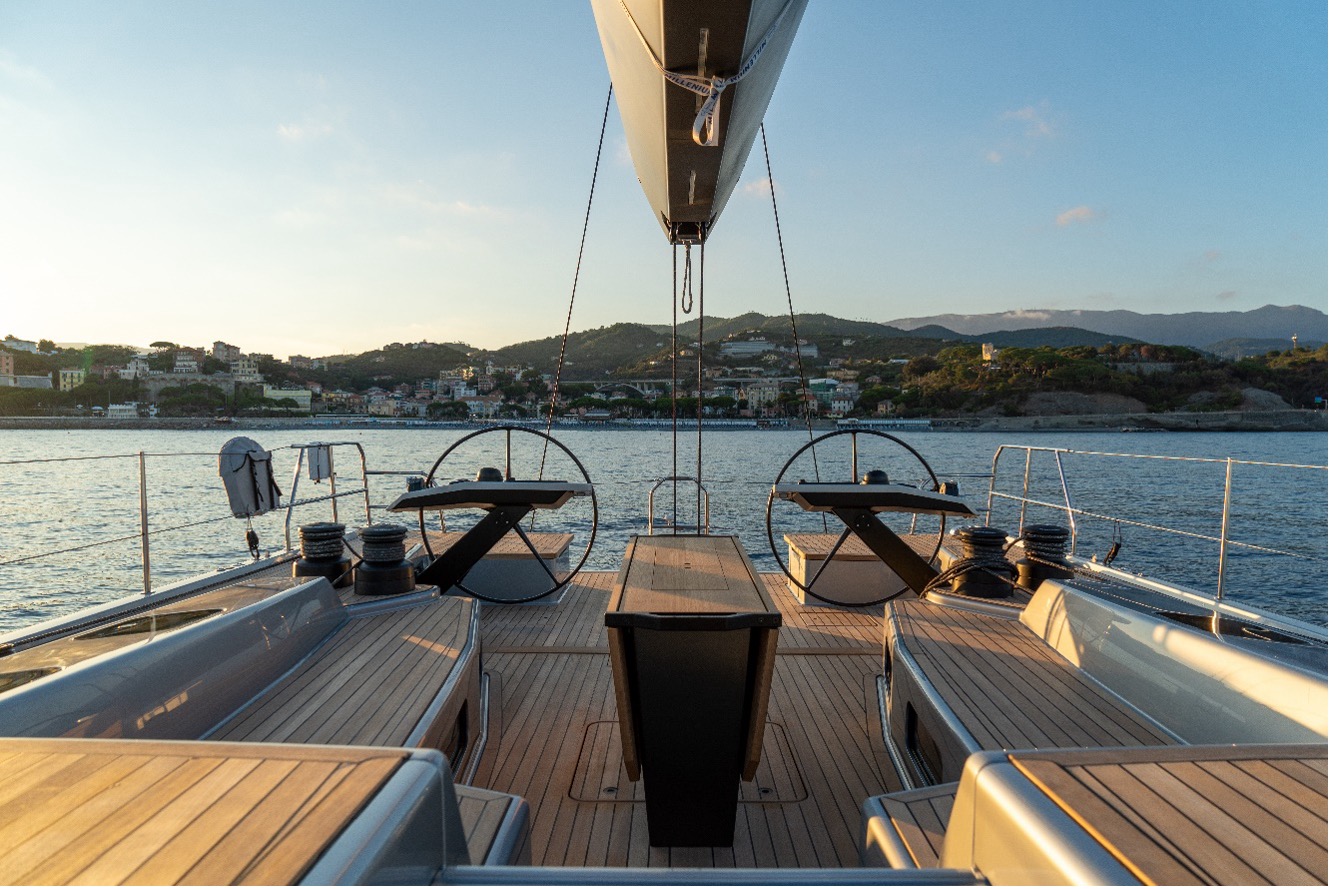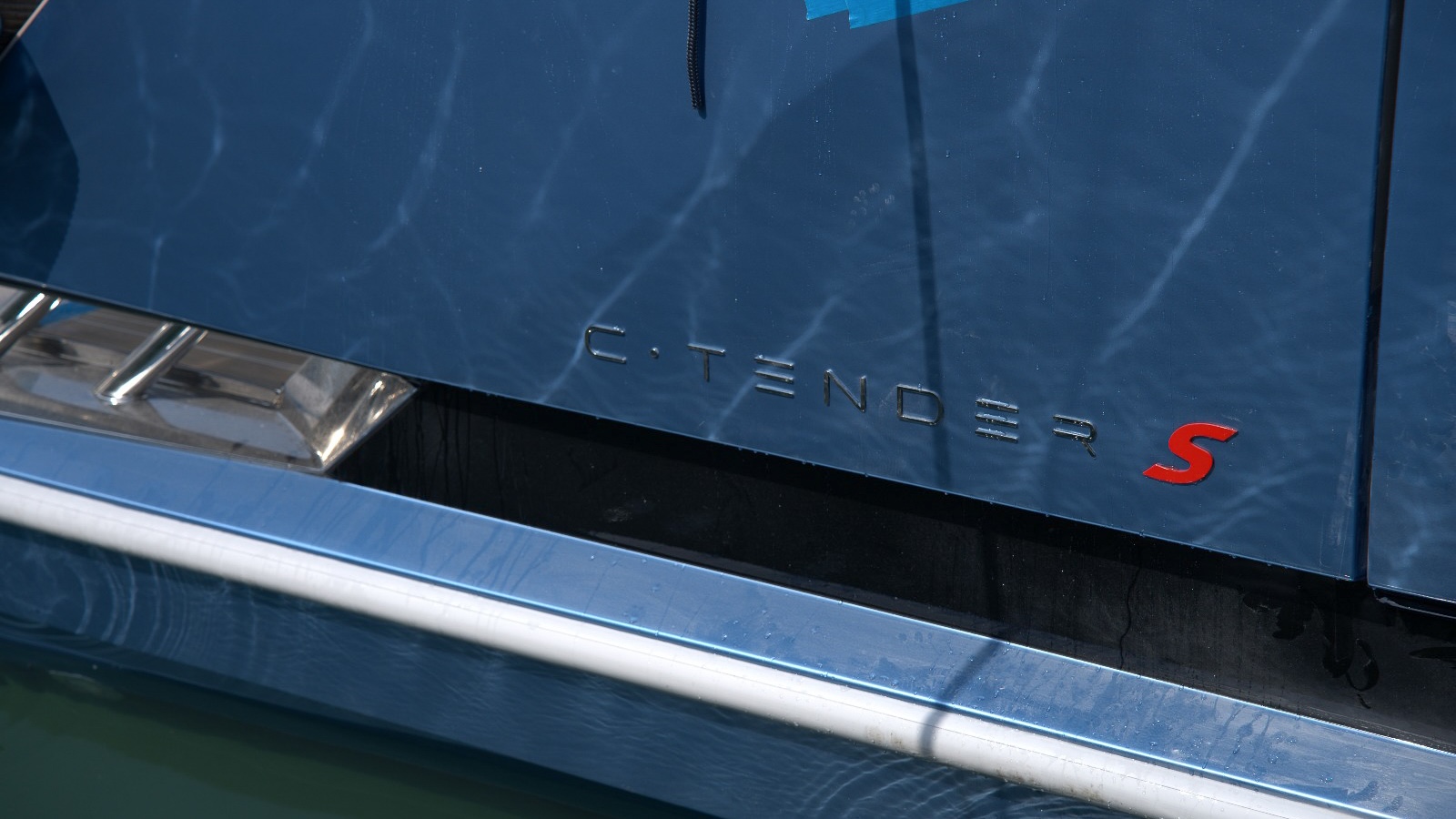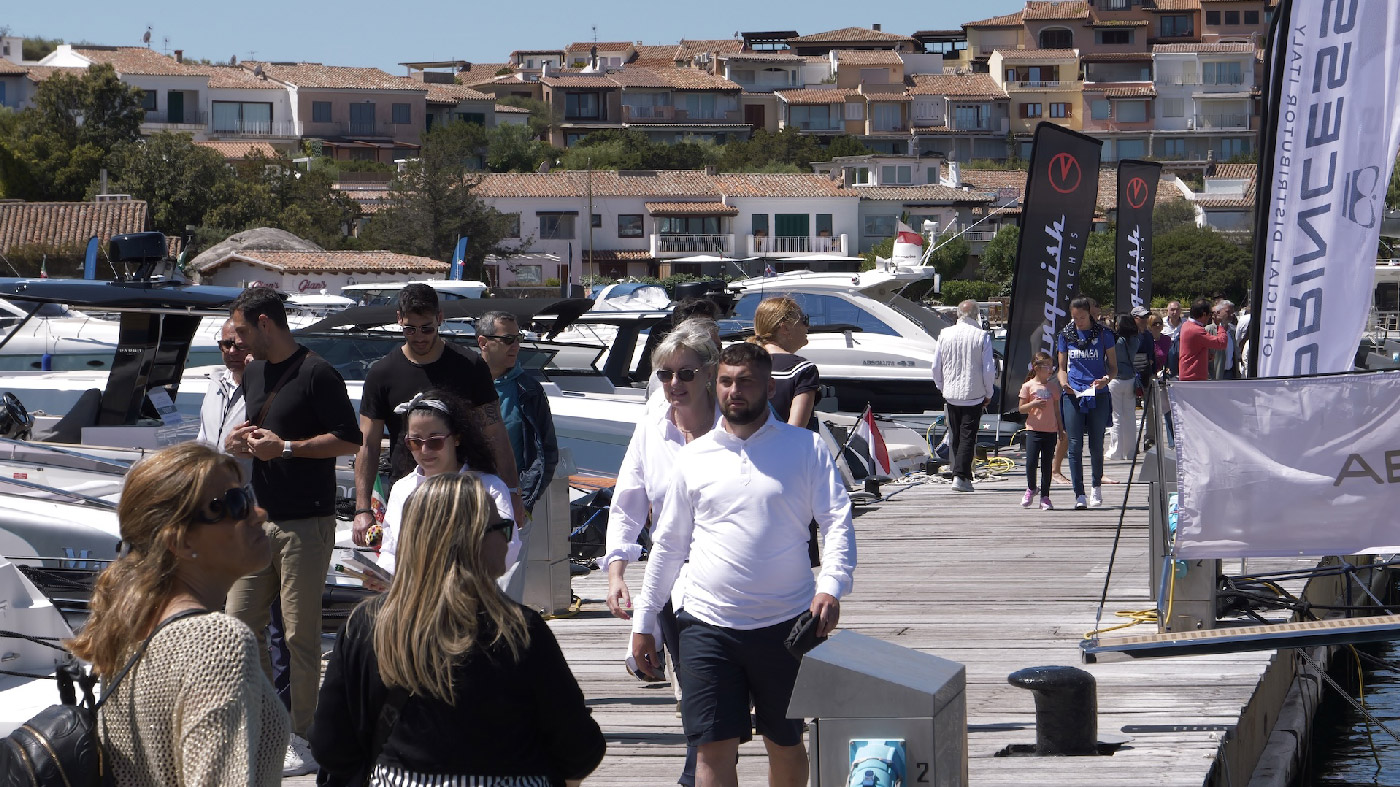Responsive, strong and well-tuned, Evinrude two-strokes originated from a group of American, Canadian and Austrian engineers that saved the brand from business failure in the early 2000s.
Two-strokes have been progressively abandoned by most of both boating and land industry. The two-strokes cycle has been overshadowed by anti-pollution regulations and consumption standards and many owners miss it, and not a little.
Compared with four-strokes, two-strokes engines are surprisingly more responsive and, in addition to an extraordinary power/displacement ratio, they feature something true enthusiasts cannot resit: an incredible sound. In the light of the many advantages and the market demand, in the late ’90s, engineers from Outboard Marine Corporation (OMC), the owner of Evinrude and Johnson, decided to develop and launch a new 2-stroke engine.
A morning in December 2000, those engineers were suddenly summoned and informed that OMC was about to close down and file for bankruptcy. So, everyone lost his job.

A Canadian company specialized in the manufacture of snowmobiles named BRP was aware of the OMC’s project and, one night, shortly before Christmas 2000, invited the American engineers for a meeting: ” I was at home, deciding which bill not to pay when the phone rang” tells George Broughton, the current Product Development Manager of BRP, “on the other end of the line, a man told me that some Canadians wanted to see what we were working on; I had nothing to lose, so I phoned my guys and we went to Canada; during the meeting, the vice president asked me if our product would have be able to comply with Californian antipollution regulations, the world’s strictest ones”.
An engineer sitting next to me replied: ” No problem!”.

” We had no idea how we would have keep the promise but we were about to sell Evinrude to BRP” claims Broughton.
Three months later, many OMC engineers joined BRP and Rotax‘s plants ( Rotax is an Austrian company, part of the group, that develops and manufactures engines) and joined forces to create the E-TEC engine.
” One of the main obstacles was the combination of three different cultures working on the same project: Evinrude in America with marine motors, BRP in Canada and Rotax in Austria with snowmobile engines”, continues George Broughton ” moreover, there were some technical differences between snow and water; for example, the accelerator works in a completely different way, since boat owners make a “more balanced” use of gas and, once the ideal rpm range is achieved, you don’t need anything else. On a snowmobile, on the contrary, the accelerator works as an on/off switch, acceleration is immediate and, last but not least, cold complicate things”.
Despite initial troubles ans uncertainties, BRP decided to develop the 2-stroke motor. Both direct injection process and power/displacement ratio had been accurately developed by OMC, but it took almost 2 years for the engineers to achieve a good reliability level. In 2003, the first Evinrude E-TEC was launched; five years later, Ski-Doo MXZ TNT was equipped with the Rotax E-TEC 600 HO.

Today, ongoing development enables E-TEC engines toemit fewer emissions than many four-stroke counterparts, producing up to -74% of hydrocarbons, nitrogen oxide and carbon monoxide than competitors’ models. The result is less smoke – sore point of two-strokes – and less smell of exhaust gas. 10 years have elapsed since E-TEC technology entered the market and, today, E-TEC engines power 54% of Lynx Snowmobiles – the European leader in the sector of snowmobiles – while 60% of Ski-Doo snowmobiles are offered with a E-TEC motor.
In 2006, the Evinrude E-Tec range was supplemented with the new E-TEC G2 150, 150 HO, 175 and 200 models and BRP Group has recently launched a sensational offer which provides for of up to 10 years of limited warranty coverage (the offer is valid from March 1sth to June 30th).
In addition to BRP, the 2-stroke cycle has many other “supporters”: in 2017, the Austrian KTM, for example, launched the KTM 250 EXC TPI and KTM 300 EXC TPI models which, using the two-stroke TPI ( Transfer Port Injection) fuel injection technology, are more “fluid” and significantly more fuel-efficient. The Austrian company, leader in the enduro motorcycles’ market, launched the first line of off-road 2-stroke motorcycles in the world: ” An incredibly exciting step forward for KTM”, claimed Joachim Sauer, Product Marketing Manager of KTM.

In Sweden, Husqvarna has developed a new electronic fuel injection system which, using special valves, ensures the perfect fuel delivery for each changing condition, delivers a smooth and precise power delivery every time while eliminating the need for jetting changes and reducing consumption and emissions. In addition, oil is delivered independently at regulated ratios eliminating the need to premix oil and fuel. The Swedish company uses two-stroke engines for its TX 125, TE 250i and TE300i models.
” Today, we have better tools, more powerful computers and processors and we understand what we’re developing better than 10 years ago” concludes Broughton ” next-generation two-strokes will be ever more eco-friendly and performing”.
























